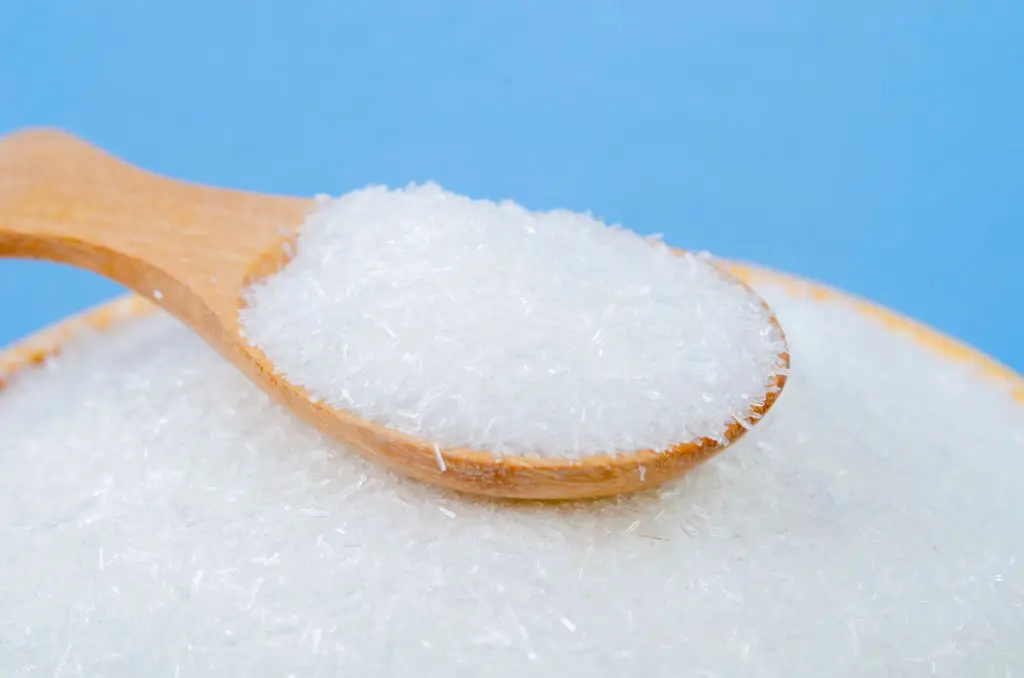9 Ingredients Food Scientists Use to Hide Sodium on Nutrition Labels
Sodium shows up in surprising ways on packaged foods, and that matters—especially if you're watching blood pressure or trying to eat more mindfully as you age. The nutrition facts panel tells total sodium per serving, but the ingredient list reveals how manufacturers achieve the flavor and texture that keep us reaching for a second serving. Some ingredients add salt directly, while others change mouthfeel or boost savory notes so companies can tweak how much table salt appears on the label. Learning which names to watch for helps you make smarter choices at the grocery store without feeling overwhelmed. In this article we explain nine common ingredients and ingredient groups that contribute to hidden sodium, where they’re commonly found, and how to spot them. You’ll also get practical shopping tips to lower your overall sodium intake while still enjoying food that tastes good. Finally, a quick note: FDA approves many of these additives for safety, but approval doesn’t mean they’re low in sodium or appropriate for every diet. If you have a medical condition requiring strict sodium limits, check with your healthcare provider before making changes. Read on for gentle, realistic steps to protect your health and savor your meals.
1. Monosodium Glutamate (MSG) and Related Glutamates

Monosodium glutamate, commonly listed as "monosodium glutamate" or simply "MSG," is a sodium-containing compound that enhances umami, the savory taste people often associate with satisfaction. Because MSG intensifies savory flavors, manufacturers can use it to preserve a full-flavor profile while reducing added table salt—or to mask sodium reductions so a product still tastes familiar. You’ll see MSG in canned soups, instant noodles, snack seasonings, frozen entrees, and many prepared sauces. Some ingredient lists also include other glutamates or terms like "hydrolyzed vegetable protein" and "autolyzed yeast extract"; those can supply free glutamate that functions like MSG. While MSG contributes to total sodium, its weight contribution differs from plain salt, and not every product reports how much sodium each additive adds. For shoppers, the practical step is simple: scan the ingredient list for "monosodium glutamate," "hydrolyzed vegetable protein," "autolyzed yeast extract," or "yeast extract" if you want to reduce hidden sodium. If sodium is a medical concern, tracking total milligrams on the Nutrition Facts panel is the clearest guide.
2. Seasoning Salts (garlic salt, onion salt, celery salt)

Seasoning salts are convenience formulations that blend dried spices with concentrated salt. Examples include garlic salt, onion salt, and celery salt. They were designed to deliver the flavor of whole spices in a ready-to-sprinkle form, but the trade-off is a heavy sodium load compared with using fresh garlic or onion. For perspective, a single teaspoon of garlic salt contains far more sodium than a clove of fresh garlic. Processed snack foods, seasoning packets, pre-seasoned meats, and many boxed dinners often list these salts near the top of the ingredient list. The label trick to watch: a seasoning name without a clear breakdown of its contents—if an ingredient says “seasoning” or “spice blend,” check the full ingredient panel or the Nutrition Facts for sodium per serving. A practical approach is to favor single-ingredient spices or make small homemade blends so you control how much salt they contain. This strategy keeps flavor while reducing the hidden sodium that seasoning salts quietly add.
